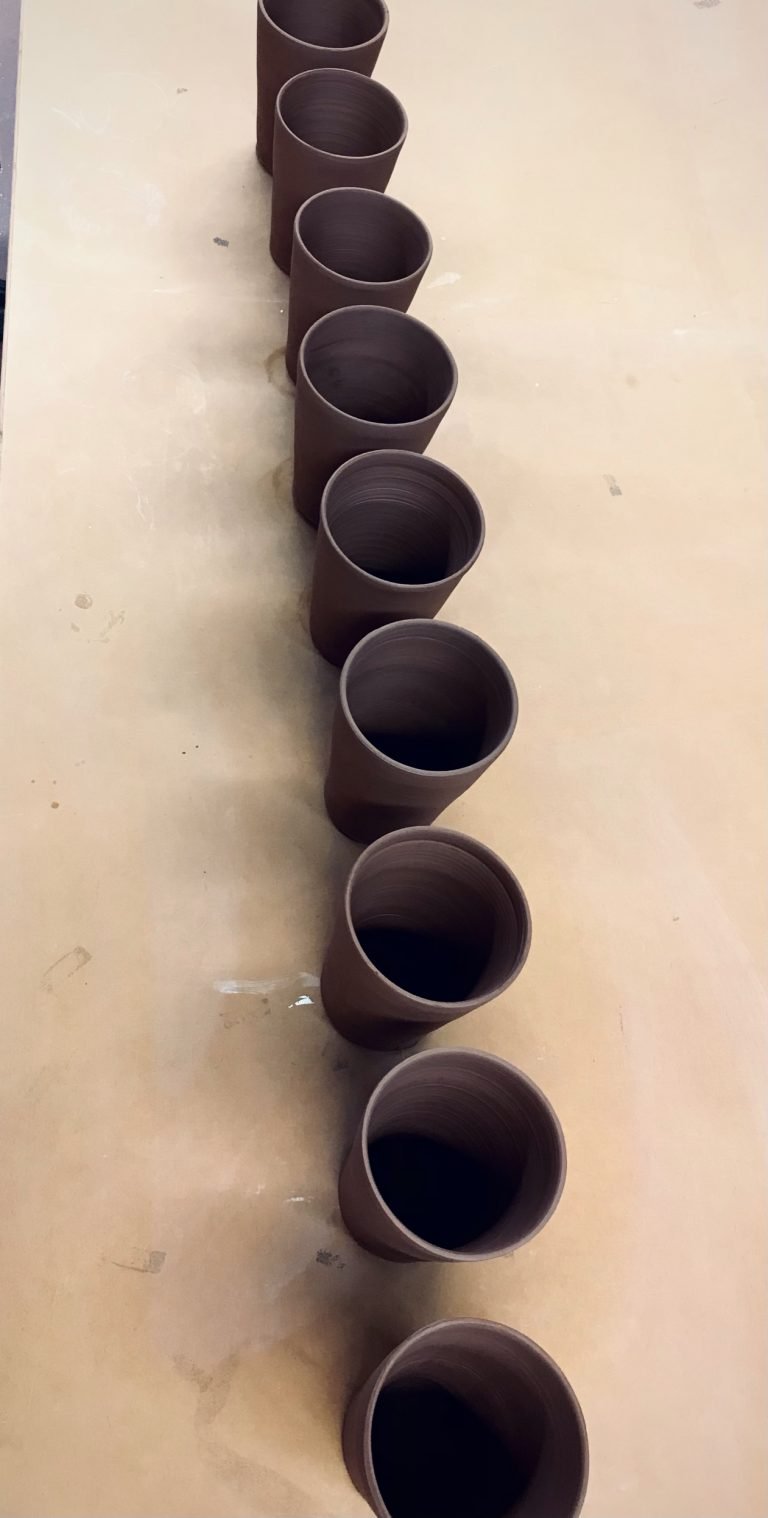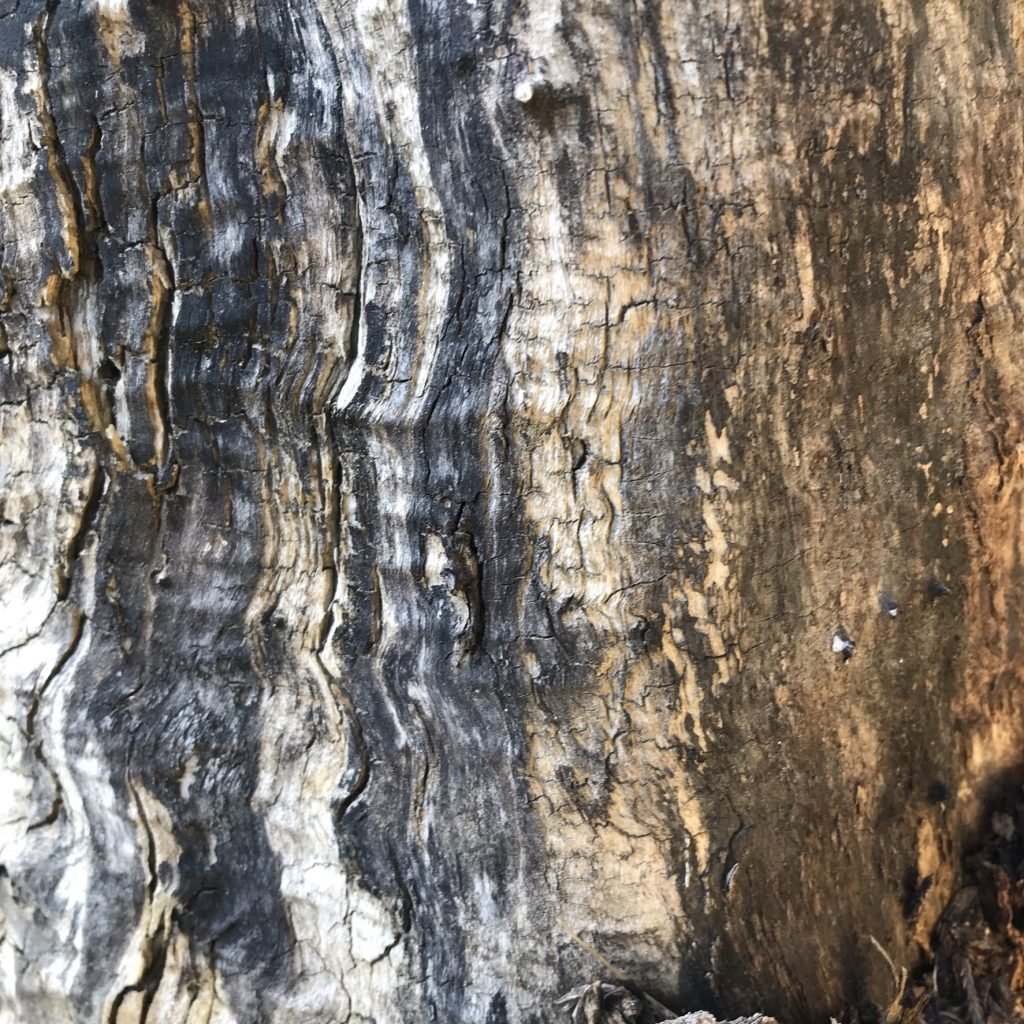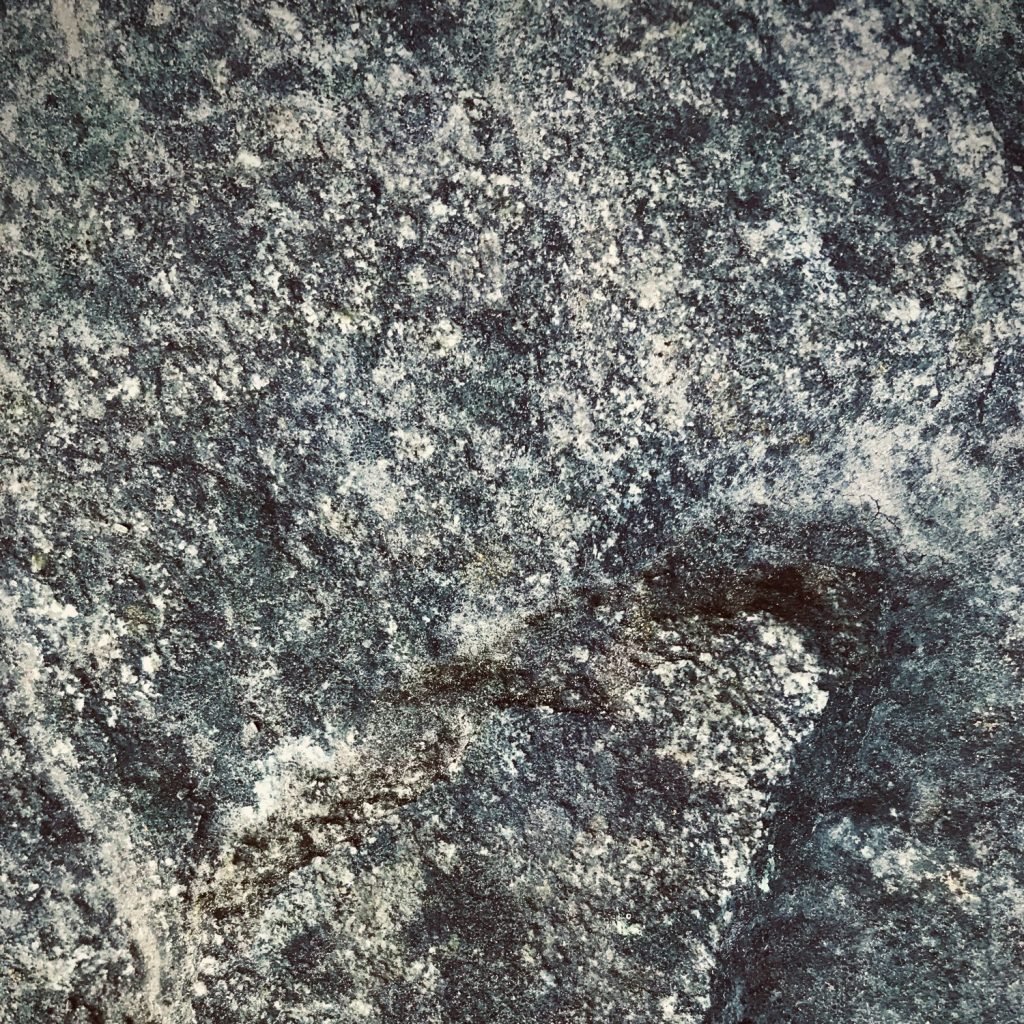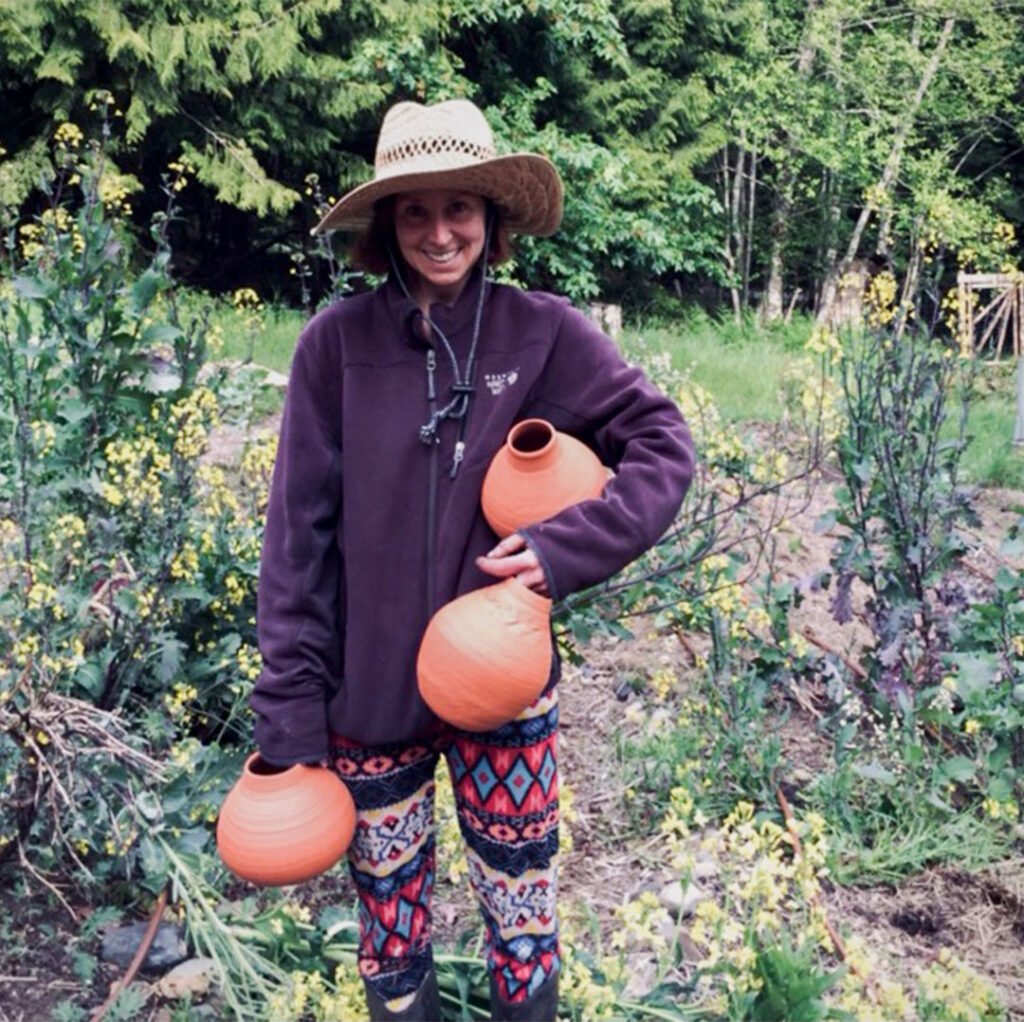2022 Micki Mackenzie Awardee and ceramicist Ilana Fonariov tells us about some of her thoughts and experiences as she goes through her practice and education journey at Selkirk School of Arts. Ilana will be sharing her story through our blog, ‘in craft’; check back for more updates!
Consider : a word I’ve been hearing a lot from my teacher and one that I have adopted into my own artistic practice as it perfectly embodies my journey and what I set out to do here in the ceramics program at the Selkirk School of the Arts.
“I let slip the opportunities to dive into luke-cold water in the heat of the day. I didn’t have time to consider.
I just made like a mad woman.“

I came to Selkirk with a modest production background. I spent the summer working long hours to meet commission deadlines and to ensure my tables at the local market (as well as my backup stock underneath it) was always full. Life outside of production was sparsely squeezed in.. I let slip the opportunities to dive into luke-cold water in the heat of the day. I didn’t have time to consider. I just made like a mad woman.
And then, with the support of the Micki Mackenzie Bursary Award, I came to Selkirk and I was asked to consider.
It started in the first week, when I was taken back to the basics: cylinders. That’s where most pottery forms begin and throwing one with consistent walls and consistent bottoms is not only a foundational skill, but also not as easy as it seems, even for a practiced potter. Getting all of the clay from the very bottom of the vessel while maintaining its structural integrity defines the challenge.
In most situations, this is remedied by what is called “trimming,” whereby one cuts the excess clay off the vessel, often just the bottom, once the form is dry enough. It’s a way to rid the extra weight that can’t be distributed along the form. Some forms necessitate this, like bowls and plates, but a skilled potter looking to be efficient in her craft need not do this on the elemental cylinder or its various iterations.
It’s a skill I have always wanted to develop, but my “always need to be making” mindset got in the way of me honing my competence. I recognize that I even told myself that it wasn’t possible to make the shapes I wanted without trimming and not have them feel bottom heavy. Denial is a great way to avoid taking responsibility for growth.
But I came to school to challenge myself. So I ended up making over 400 cylinders in my first few weeks, smashing most of them to reclaim the clay so I could keep trying until I reached my goal; and when I did, I couldn’t help but boast.
“Look! Come feel this,” I directed a classmate and handed her a straight cylinder as well as a round cup I hadn’t trimmed. We both ‘ooo-ed’ and ‘aww-ed’ at the lightness until I got bashful for boasting and got back to my wheel.

The next step was to transform these drinking vessels into mugs by adding handles. A handle plays an integral role in shaping the personality of a mug. Here again I had to consider. Consider placement, shape, size; consider apex and curve. Consider function versus or alongside form. Think carefully and be intentional: that’s what it means to consider.


Consider the surface too.
That’s where glazing comes in, and in our glaze class, our teacher asked us to send him three photos of surfaces that appealed to us.
“Think about what you like and why you like it,” he told us.
On a day that the studio was closed, I took a walk outside with the expressed purpose of finding surfaces I liked. This was the first time I had walked for the sake of walking and looking; I am always going somewhere, so to have my somewhere be the walking itself was vivifying. Here, school was again forcing me to slow down and to really look – no, not just look, but to see. It’s one of the ways that my teacher and the program have made me more aware of the world around me.
Most of the pictures I took were of rocks. I had never asked myself why I liked the look of them before. Now I stopped and, yes, I considered.
It’s not just the color – I am a lover of gray tones – but that its textural nature gives it this movement that juxtaposes its still nature.I snapped numerous photos and then had trouble narrowing it down to three!



We will be working on ways to transform our surface explorations into our glazes. In the meantime we have been mixing small hundred gram batches of glazes for dipping our test tiles. My teacher told us that by the end of the semester we will have collectively mixed 1000 glazes.
I can’t say that I love the process of painstakingly weighing out miniscule amounts of ingredients on a triple beam scale (an analogue version of a digital one), but as someone who has developed her own glazes I can tell you that this is an invaluable opportunity. One just can’t get this kind of exploration and learning independently unless gifted with time, resources, and space for the numerous ingredients.
We will be playing with the application of the readily-available studio glazes on slab forms produced in our handbuilding class. I found it challenging to make decorative slab plates because I had to overcome my bias towards minimalist texture in order to freely play, to be willing to “fail,” and to be creative.

I have become more aware of my bias and how my own expectations and the aesthetics I arrived here with have the potential to limit my creativity and exploration. A major factor in my decision to leave a professional practice and attend art school is to grow, because when I am working as a potter, I not only get so busy that there’s no time to work on craftsmanship and creativity, but I also start making more of the work that customers respond to most rather than the things that interest me most.
Now, at Selkirk, the aesthetic I am drawn to is taking shape and I am realizing how much my identity is infused into my pottery forms and surfaces. That how one sees oneself affects what they want representing them in visual form seems like an obvious thing now that I’ve thought about it, but when I am deep in production mode, I am just less aware.
The richness of my experience here would not be possible if I didn’t have such a thoughtful and caring teacher, Robin DuPont. Robin attends to us individually after our group lectures and demos, giving each one of us a kind of custom-made curriculum within the purview of the larger one. It is because of him that I now consider all aspects of my craft, so I consider him a crucial part of my growth here.

Micki MacKenzie 2022 Awardee Ilana Fonariov is a self-taught potter living and working in Galiano Island. Ilana is a lover of clay and its malleability; she is drawn to black clay most of all, for its drama and starkness and for the challenge of finding ways to soften it. With this bursary, Ilana seeks to develop her art through a ceramics program at Selkirk college in the fall of 2022.

